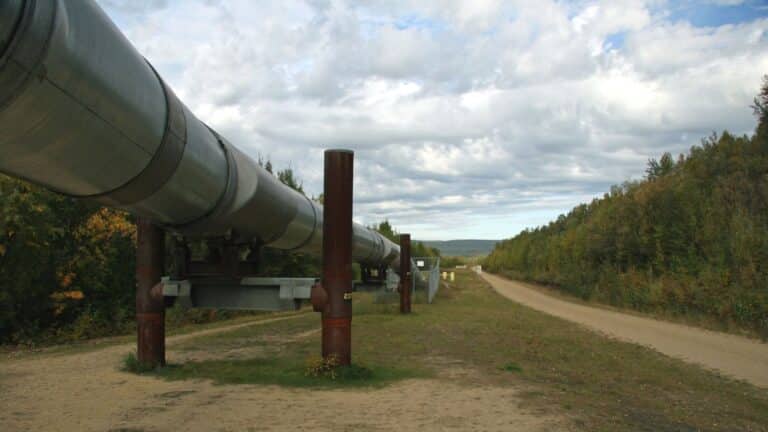This website uses cookies as well as similar tools and technologies to understand visitors’ experiences. By continuing to use this website, you consent to Columbia University’s usage of cookies and similar technologies, in accordance with the Columbia University Website Cookie Notice.
Fossil Energy
Read the latest
Global fossil fuel use has grown alongside GDP since the start of the Industrial Revolution and currently makes up roughly 80% of global energy demand. But to meet our goals to limit global temperature rise to 1.5 C degrees, demand will need to drop sharply by 2050.
Publications
Six Key Issues That Defined Climate Week 2025
CGEP scholars reflect on some of the standout issues of the day during this year's Climate Week

A Roadmap to Catalyze Methane Abatement in the Oil and Gas Sector Using Debt Financing
Human-caused methane emissions have contributed to at least one quarter of global warming since the preindustrial era. Since methane is 80 times more potent than carbon dioxide (CO2) in trapping heat over the first two decades after its release, abating methane is considered a critical near-term strategy for reducing emissions.[
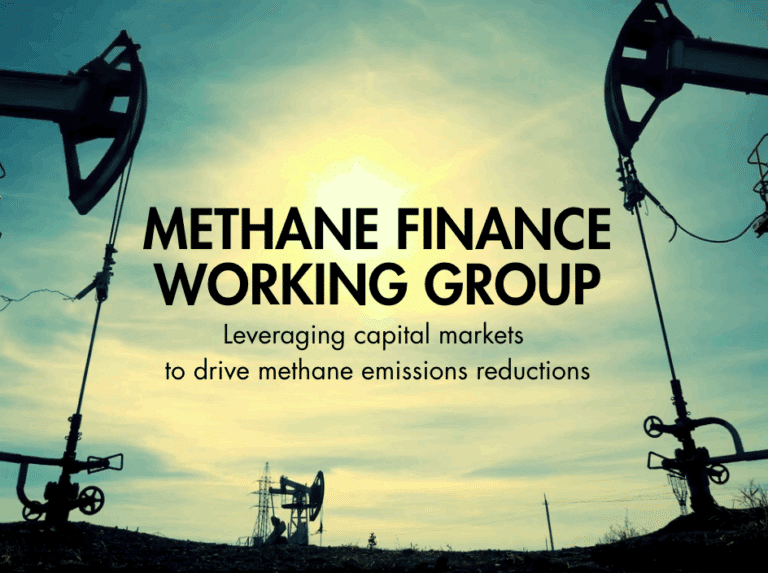
Q&A: Why Trump’s Gulf Tour Matters for Energy, AI, and Geopolitics
President Donald Trump's first official foreign policy trip, as in his first term, was to Saudi Arabia earlier this month, with additional stops in Qatar and the United Arab Emirates.

PetroStates and ElectroStates in a World Divided by Fossil Fuels and Clean Energy
PetroStates and ElectroStates clash as fossil fuels and clean energy reshape global power, strategy, and alliances.

Constraining the Choice Set: Oklahoma’s Limited Approach to Building Economic Resilience
The report presents insights on Oklahoma’s economic resilience strategies, relevant policies, and proposed program enhancements based on a set of interviews with key stakeholders.
Booming and Busting: The Mixed Fortunes of US Oil and Gas–Producing Regions
This analysis provides an overview of changes in production and economic outcomes in US oil and gas regions, grouping them by recent trends and examining their impact on local economies.
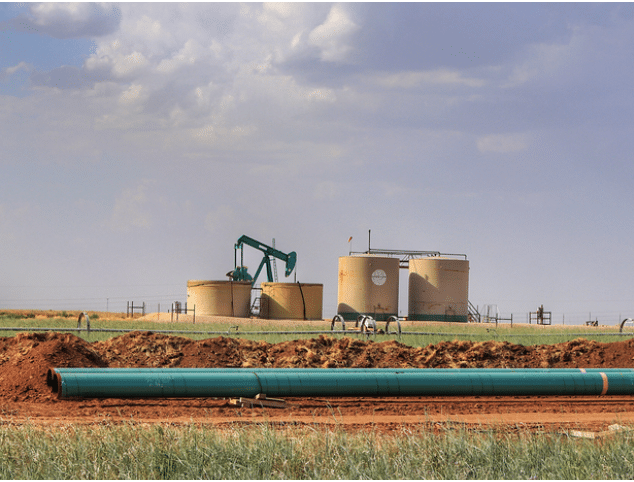
Economic Performance in US Fossil Fuel Communities
Rapidly reducing greenhouse gas emissions from fossil fuels to address the severe threats of climate change requires economic transformations that pose challenges for regions heavily dependent on coal, oil, natural gas, or other carbon-intensive industries.
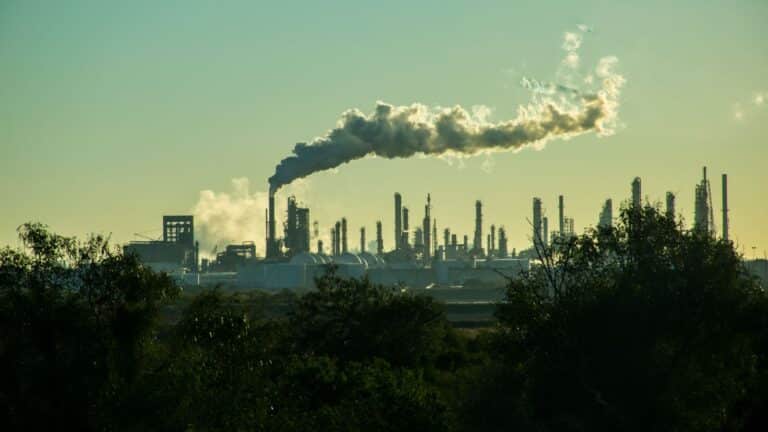
US State Actions to Help Fossil Fuel Communities Navigate the Energy Transition
The world has committed to transitioning away from fossil fuels to avoid the most severe threats of climate change.

Opinion: Financial engineering will not suffice for Africa’s climate needs
Also in today’s newsletter, why private capital will not suffice for Africa’s climate needs
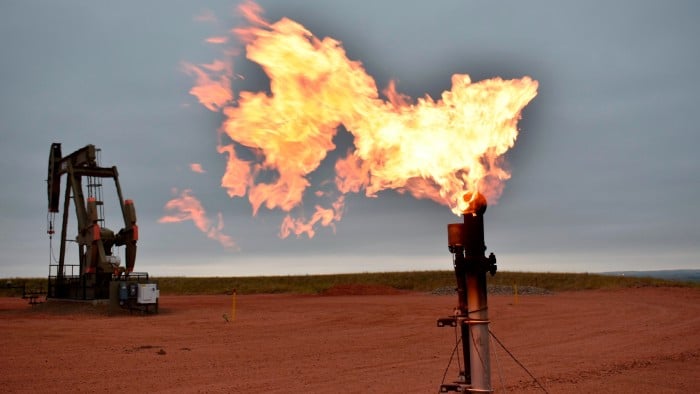
The Future of the Power of Siberia 2 Pipeline
As Russian President Vladimir Putin prepares to visit China, the proposed Power of Siberia 2 natural gas pipeline is likely high on his agenda.
